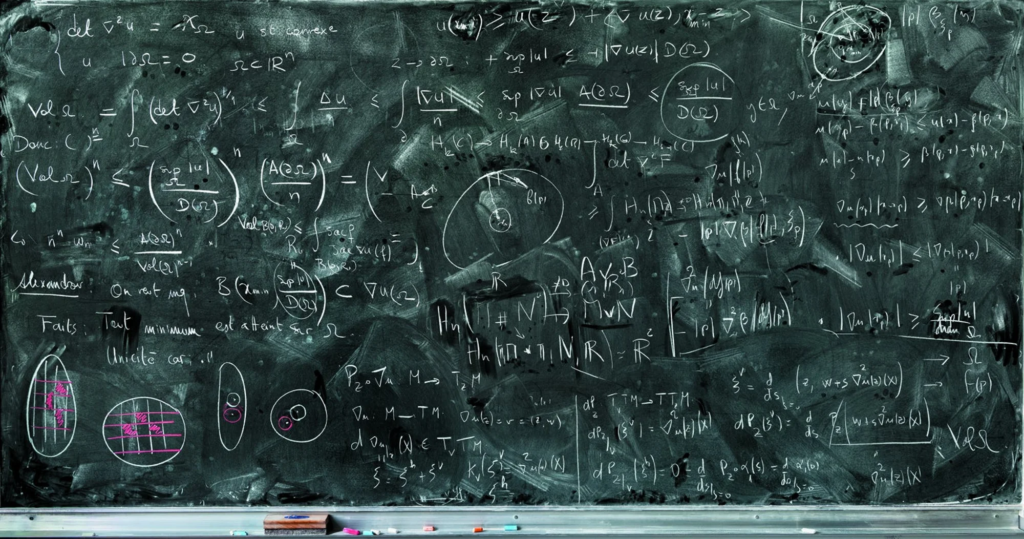In academia and scientific research, the presentation of mathematical content is as crucial as the content itself. Accurate, consistent, and visually appealing math equations play an essential role in conveying complex ideas effectively. LaTeX, a typesetting system, has emerged as the gold standard for writing mathematical equations and expressions in academic papers. In this article, we will delve into what LaTeX is, how to write mathematical equations using it, and why it’s the preferred choice for typesetting academic documents. We will also compare it with other math writing formats like MathML, MathJax, and KaTeX.
Understanding LaTeX and Its Significance:
LaTeX, pronounced “lay-tech” or “lah-tech,” is a typesetting system commonly used to produce documents containing complex mathematical equations, scientific notations, technical texts, etc. Unlike traditional word processors, which focus on the appearance of the paper as you type, LaTeX emphasizes separating the content from formatting. This separation allows authors to focus on the content, leaving the intricate design task to the LaTeX system.
How to Write Mathematical Equations in LaTeX:
Writing mathematical equations in LaTeX involves using a set of commands and syntax to create equations with precision and consistency. Here’s a simple example of how to write the equation for the quadratic formula:
latex:
\begin{equation} x = \frac{-b \pm \sqrt{b^2 – 4ac}}{2a} \end{equation}
In this example, the ‘\begin{equation}’ and ‘\end{equation}’ commands denote that the content between them is an equation. The symbols like ‘\frac,’ ‘\pm,’ and ‘\sqrt’ are commands used to represent fractions, plus-minus signs, and square roots, respectively.

Advantages of Using LaTeX:
- Professional Appearance: LaTeX documents have a polished and professional appearance. The typography is carefully optimized, ensuring that equations are straightforward to read.
- Mathematical Precision: LaTeX’s syntax allows for precise representation of mathematical equations, ensuring accuracy in conveying complex mathematical concepts.
- Cross-Referencing and Citations: LaTeX facilitates easy cross-referencing of equations, figures, tables, and citations, enhancing the organization and structure of academic documents.
- Consistency: LaTeX ensures uniform formatting throughout a document, eliminating formatting inconsistencies that can arise in traditional word processors.
LaTeX vs. Other Math Writing Formats:
- MathML: MathML is an XML-based markup language for representing mathematical notations. While it’s compatible with web-based content, MathML requires a deeper understanding of markup languages and is not as user-friendly as LaTeX for mathematical equations.
- MathJax: MathJax is a JavaScript library that renders MathML or LaTeX equations in web browsers. It’s suitable for web-based content but might not be as versatile for complex documents as LaTeX.
- KaTeX: KaTeX is a JavaScript library designed to fast render LaTeX equations online. While it’s faster than MathJax, it might not support all LaTeX features and formatting options.















